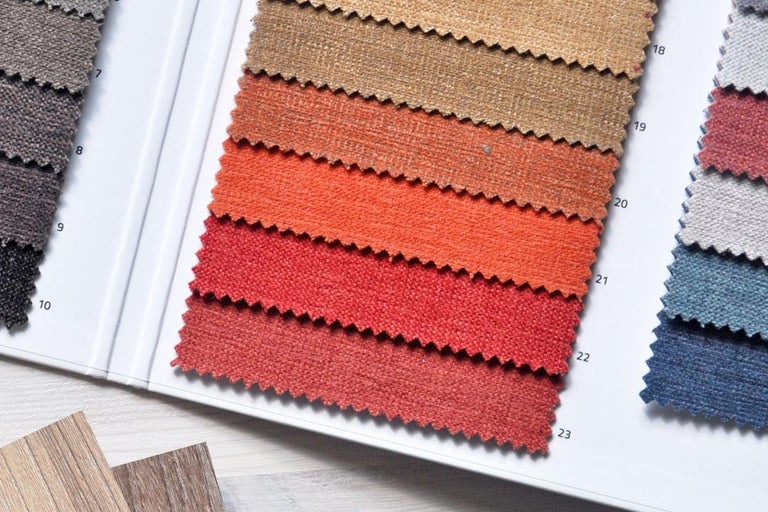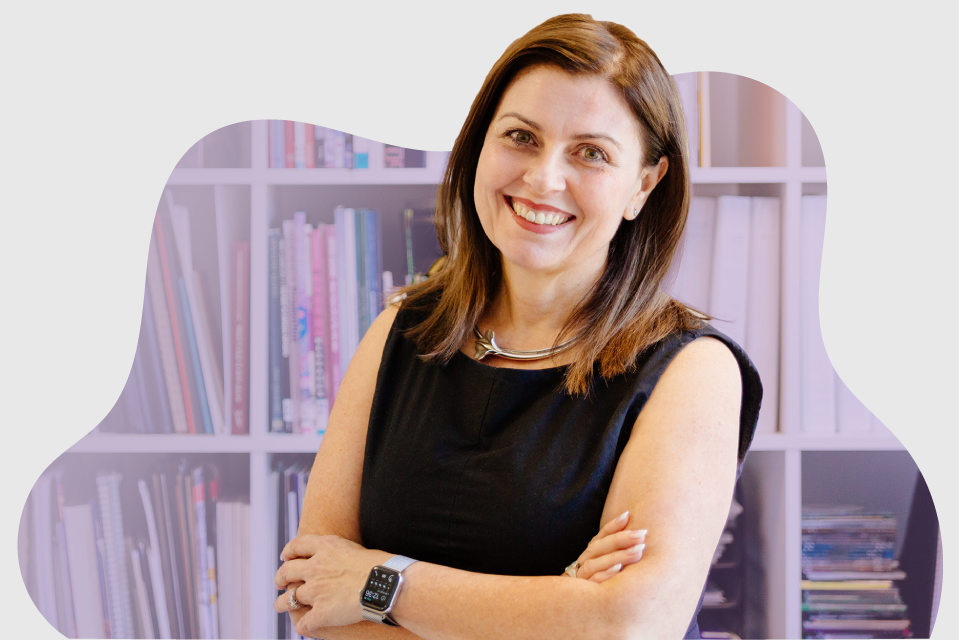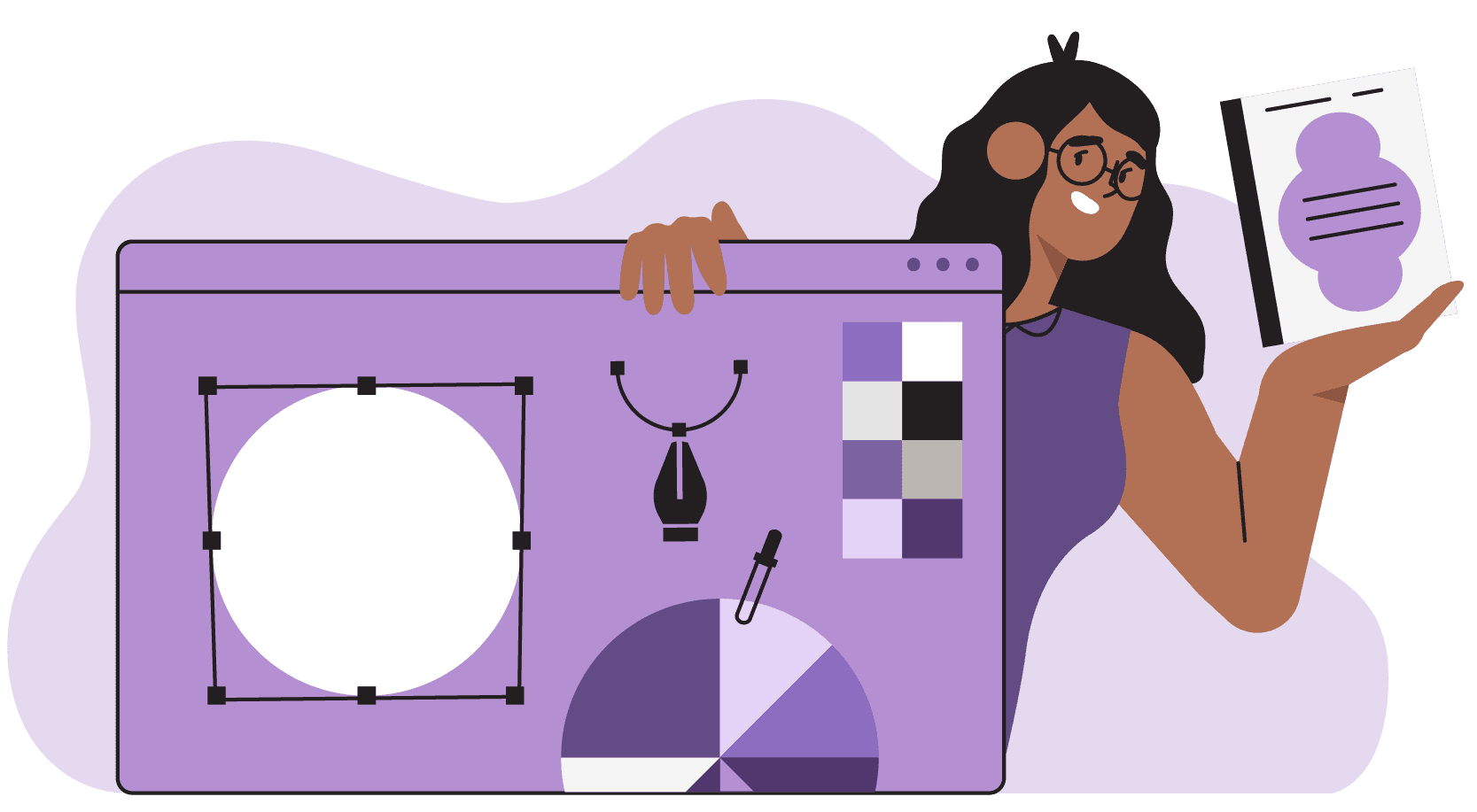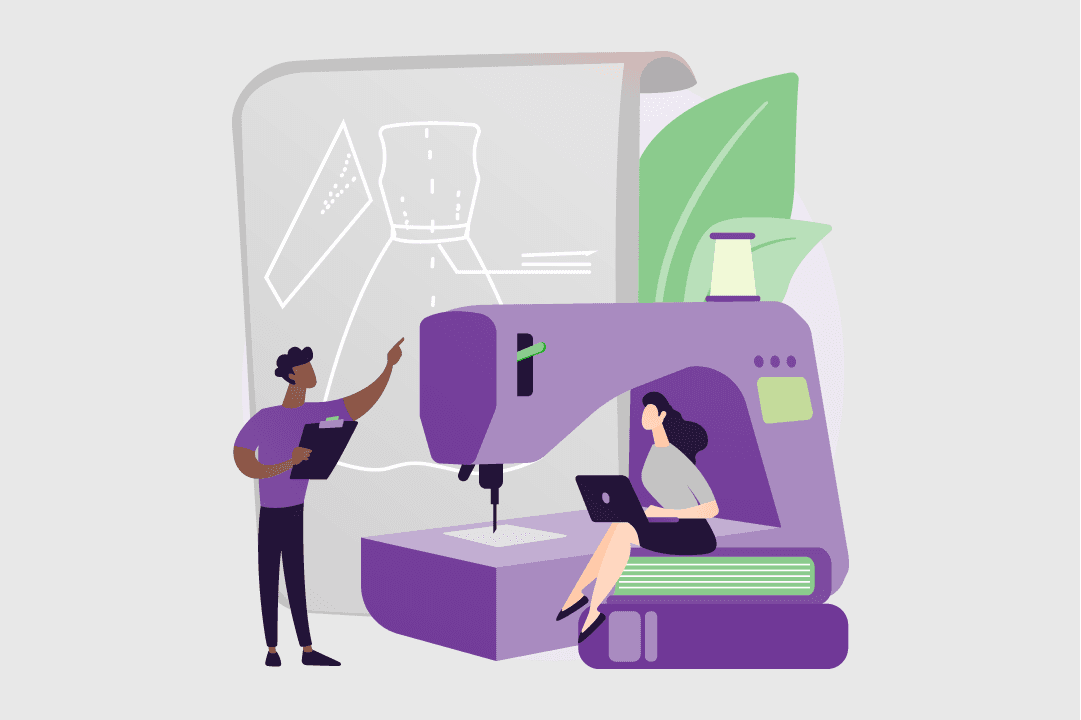Interior designer job description
Let’s get real. Job information online can often be overly optimistic — conveniently glossing over the raw bits. But when you’re making decisions about your future, you need all the facts.
That’s why we anonymously surveyed interior designers about their job, with hopes of getting an honest insight into what it’s really like.
While we did our best to ensure respondents were Australians and verified their job titles with proof of employment, we can’t guarantee complete accuracy — or that your experiences in the field will reflect theirs. So, we suggest that you take these insights as a guide only and try to talk to people in the field before making an important decision.
Tasks and responsibilities for an interior designer
The role of an interior designer involves discovering a client’s wants and needs, creating a strategy to achieve these goals and then managing the practical aspects of transforming the space.
So, what do interior designers do in a day? An interior designer’s duties can include:
- Discovering what clients want from their space
- Establishing a brief with a client so that you understand their wants and needs
- Creating design and space planning concepts and sketches
- Recommending interior materials and features
- Staying on top of current styling trends
- Estimating timelines and budgets
- Managing client expectations
- Managing tradespeople and decorators
How to become an interior designer
-
Study
Most employers look for candidates with a qualification in interior design. A recommended accredited qualification is a Diploma of Interior Design (MSF50218).
A Diploma of Interior Design provides students with a comprehensive understanding of interior design and the practical skills needed to succeed in this field. The course length can range from 1-2 years.
-
Experience through internships
Interior design internships are great opportunities for students or recent graduates to gain practical experience in the field of interior design. These internships can provide valuable learning experiences, as well as networking opportunities and a chance to build your portfolio.
-
Develop a portfolio
Developing a portfolio is an essential step in becoming a successful interior designer. A portfolio showcases your skills, creativity, and design aesthetic to potential clients and employers.
-
Network
Attend industry events, join professional organisations, and connect with other designers to build relationships and learn about job opportunities.
Pathway options
An entry-level role as an interior designer could lead you quickly into more senior positions if you put the work in. It can also open up doors to specialist design roles and even lead to starting your own design business if that’s your dream.
Possible career paths for an interior designer:
Junior
-
Residential or Commercial Interior Designer
Most common qualification: Diploma of Interior Design (MSF50218)
-
Interior Stylist
Most common qualification: Diploma of Interior Design (MSF50218)
Mid
-
Interior designer
Most common qualification: Diploma of Interior Design (MSF50218)
-
Interior decorator
Most common qualification: Certificate IV in Interior Decoration (MSF40118)
Senior
-
Project Manager
Most common qualification: Advanced Diploma of Interior Design and Decoration
-
Set Designer
Most common qualification: Bachelor of Design
Explore related qualifications
VET accredited interior design courses can equip you with the fundamental skills needed to gain an entry-level position as an interior designer. With flexible study options and payment plans available, you can make your training work around your schedule.
Diploma of Interior Design MSF50218
This diploma qualification prepares you for professional interior design roles, mainly in residential buildings. The course provides a broad range of creative and technical skills in client consultation, strategy and planning, colour schemes, fabrics and fixtures, and design documentation.
The average course duration for this qualification is 18 months and can be completed part or full-time. Online learning is available, and course fee subsidies may be available to eligible students.
1 providers offer this course

Related subjects
A job in interior design might be perfect for you, but jobs that involve creativity, innovation and making amazing transformations happen aren’t limited to interior design.
Other roles that might interest you:
Related articles
At this point, a career as an interior designer might sound pretty good to you. If you want to discover more about this wonderful job, you can access a massive catalogue of articles, resources, and study guides to help you get to your dream job.








